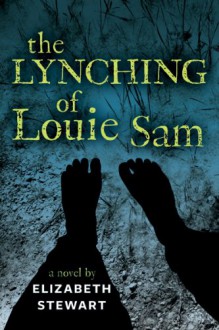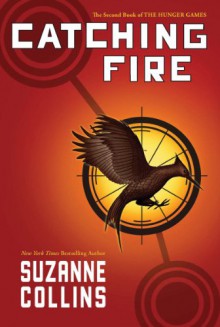
As I type this, the President of the United States Donald J. Trump has attacked Rep. Elijah Cummings. It was a racist attack. This attack comes on the heels of countless attacks on four women of color who are also representatives, including a false claim that one of the women was married to her brother. One of his opening attacks was telling the women to go back to their countries – all four are American citizens, three were born in American, and the one who is naturalized has been a citizen longer than the First Lady and her Be Best campaign. Then there was the time he said Congresswoman Wilson was a stripper. Trump also believes that Obama is not an American and that the Obama family book deals should be investigated.
People are wary to say the following – Trump is a racist - because of reasons. I’m not entirely sure what those reasons are. I know that some of them have to do with press rules, but considering that the above is only a fraction of what the Trump presidency has done in terms of attacking people of color, including the targeting of reporter April Ryan, and considering Trump’s record in NYC, it should be a matter of record that Trump is in fact a racist.
Tie that to the Federal Government going back to executions (under a President who wanted the Central Park Five executed after their innocence was acknowledged/proven), and we are entering an even scary time than most people (dare I say most white people) are aware.
Dray’s history of lynching in America makes it abundantly clear that same circumstances that existed to allow lynching exist today. In spades. It wouldn’t be too hard to draw a connection between the violence that has been threatened towards AOC and Omar, and lynching’s.
It is not surprising that Trump targets people of color who call him out on his behavior or are critical of his policies. (And what is the difference between MAGA and the change that Omar and the squad say is needed? Outside of how the policies are different, both are saying the country needs to be improved). It is the same reason why lynching was done – it is a way to keep the power in the relationship, to enforce a racist hierarchy.
But you know this.
In his book, Dray details not only famous and lesser known cases of lynching (including one at a university) but also the whys for the violence (he moves beyond the accurate if board racism) as well as those who fought against it (and sometimes those people will surprise you), he also details the society that allowed it. The comments in the news, by people and such. And many of those comments are pretty much the language that Trump and his supporters are using.
That is one reason why you should read this book.
You should also read this book because this part of American history is something that we should not ignore or be ignorant about. In part, this is so we can avoid it, but also so we can understand and acknowledge the problems in the relationship between the justice system and minority communities: many of the lynching’s were done with approval or little intervention from the justice system, and we still see that impact today .In part, so that we can confront the ugly history the same way that countries such as Germany have confronted theirs.
That is another reason to read this book.
Dray’s writing is engaging. He doesn’t shy away from the graphic unpleasant details, but he does not use load language to try to heighten the reader’s emotional responses. The cases that he focuses on are either famous enough to warrant mention, or because the lack of or response to the attacks is important historically. While the book does have photos, and some of those are disturbing to look at (as they should be), the book is primary description, which as always makes the horrific even more so. (If you are worried about being triggered, the photos are in the photo section (just over mid-way in. The first photo in that section is not bad. So, if you need to skip the photos, you can).
The book is packed with information and you will discover other books to read in the narrative. The one strange thing was that he starts with W. E. B. DuBois, and I was hoping for Ida B. Wells. But I guess more people know DuBois as opposed to Wells. Though, hopefully this book helps to correct that.

 Log in with Facebook
Log in with Facebook 










